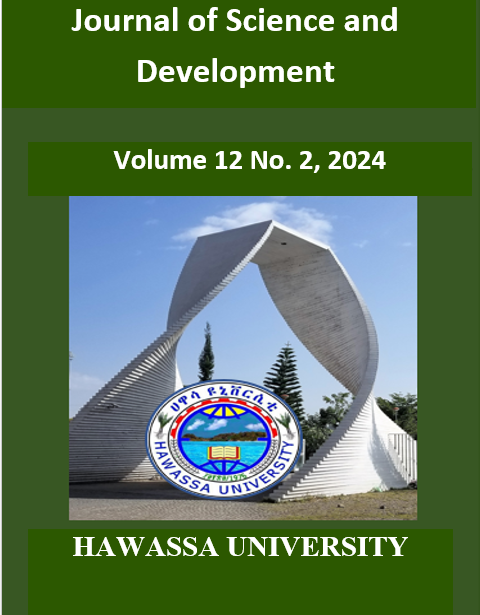Genetic Considerations in Ethiopia’s Forest Restoration: Are Species Choice and Seed Procurement Aligned with Genetic Principles?
Keywords:
forest restoration, germplasm, genetic diversity, green legacy, seed procurement, seed vendorsAbstract
Global commitments to large-scale tree planting and forest restoration are increasing to help restore degraded ecosystems. Ethiopia has pledged to restore 22 million hectares of degraded land, undertaking massive forest restoration campaigns under the umbrella of the "Green Legacy Initiative," with billions of tree seedlings reportedly planted annually. Genetic and ecological research underscores that using native tree species with high genetic diversity is essential for restoration success. This study assessed the consideration of genetic principles in species choice and seed procurement in Ethiopia's restoration initiatives. Data was collected from surveys with seed vendors and nurseries, as well as secondary data from tree seed centers within the national tree seed network. The findings indicated that genetic considerations in species choice and seed procurement are often overlooked in current largescale restoration practices. Species selection is mainly dominated by a few exotics—Grevillea robusta, Eucalyptus camaldulensis, Acacia decurrens, and Cupressus lusitanica—leaving native species underrepresented. Moreover, seed collection practices frequently disregard guidelines critical for preserving genetic diversity. Notably, 84% of seed collectors source from any available tree, 87% of nurseries receive seeds without passport data, 97% of seed collectors do not consider a minimum number of mother trees for a single collection event, and 88% ignore the required distances between selected mother trees, risking inbred seed collection. These gaps threaten the evolutionary resilience and adaptive capacity of planted seedlings, impacting the long-term success of restoration efforts. To improve outcomes, EFD and other relevant authorities leading the restoration initiatives should devise policies that promote native species use and enforce genetic standards in seed procurement.
Downloads
Published
Issue
Section
License
Copyright (c) 2024 Nigussu Begashaw Abate, Tesfaye Abebe

This work is licensed under a Creative Commons Attribution 4.0 International License.
The author(s) of the individual articles remain the copy right of their articles.

